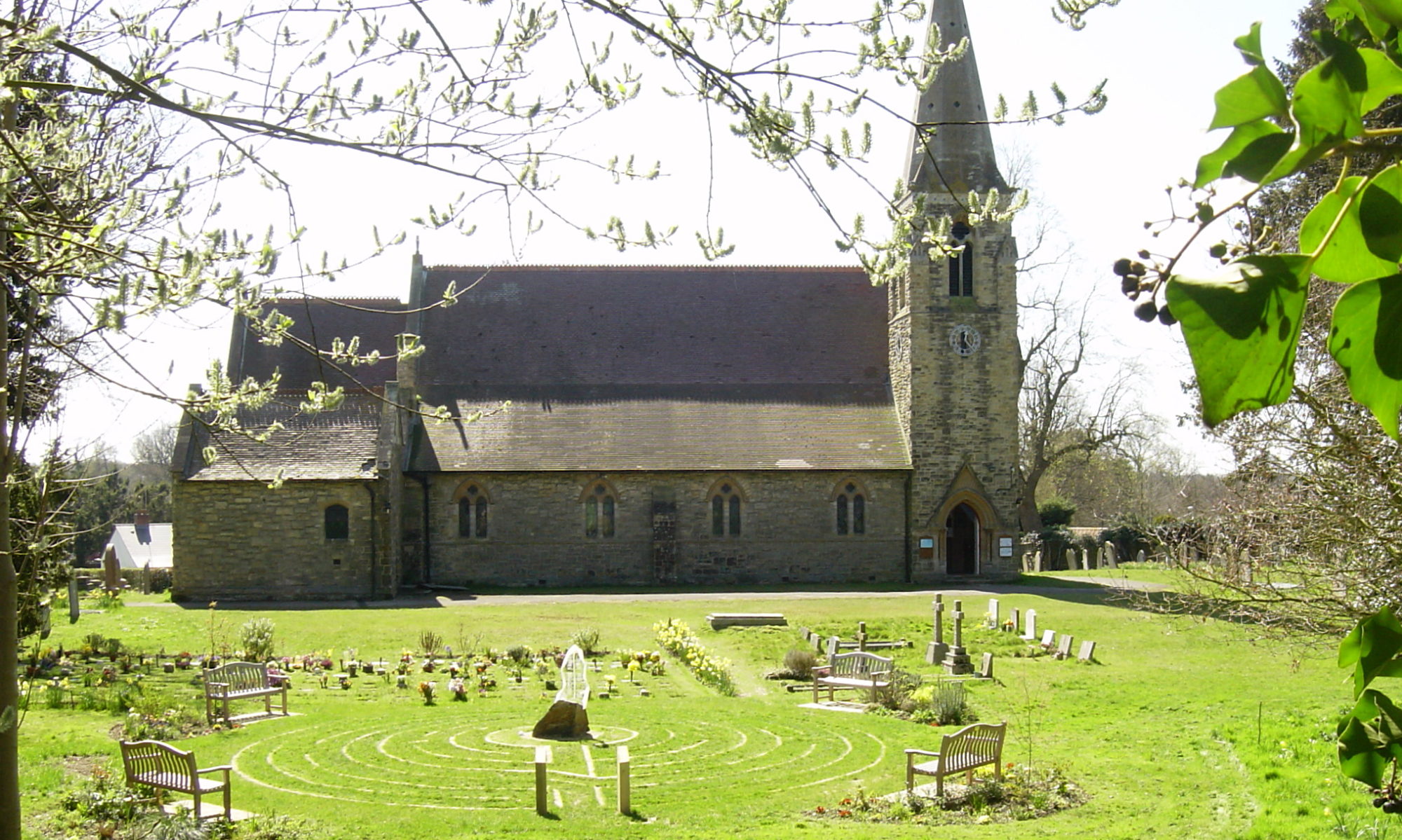On 6th of June 1556, Thomas Harland and John Oswald, were amongst the ‘Protestant Martyrs’ burnt at the stake in Lewes. Harland, a carpenter, and Oswald, a ‘husbandman’ or farm worker, were both residents of Woodmancote, near Henfield in Sussex. After the English Reformation, and the opportunity of having services and hearing the Bible read in English, they were reluctant to come under Queen Mary’s edict that the church and services should return to Roman Catholicism, and in Latin. For this they were tried for heresy.

There is a record in Fox’s Book of Martyrs of the trial – recorded here:
To Thomas Harland I finde in the Byshop of Londons Registers, to be obiected for not commyng to Church. Whereunto he aunswered: that after the Masse was restored, hee neuer had will to heare the same, because (sayde he) it was in Latin, whiche hee dyd not vnderstand: and therfore as good (quoth he) neuer a whitte, as neuer the better.
Ex Regist.
Answere of Tho. Harland.Iohn Oswald, denyed to aunswere any thyng, vntill Continue reading “Woodmancote Martyrs”

